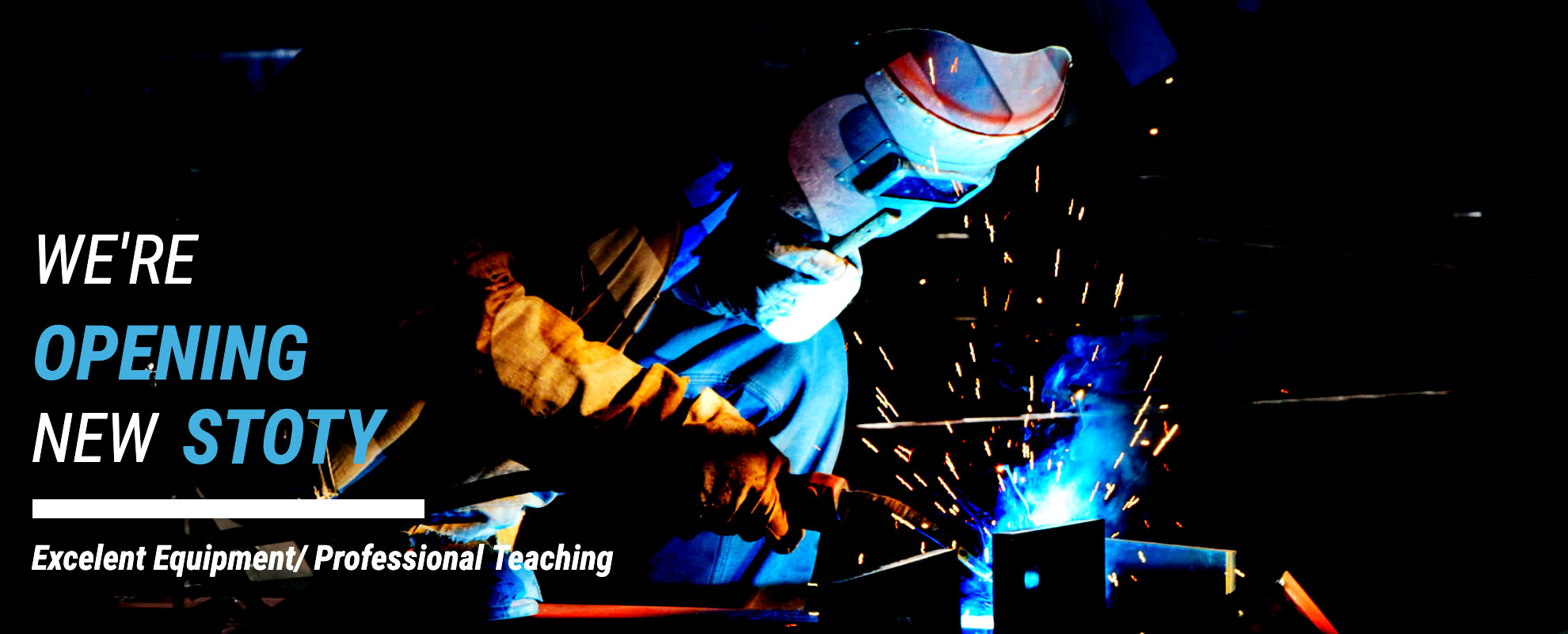Concrete cooling system is a kind of equipment or technology used to control the temperature of concrete. During concrete construction, temperature control is very important because high temperatures may cause problems such as premature drying, cracking or loss of strength of the concrete. The main objective of a concrete cooling system is to ensure the ideal conditions for hardening and strength development during construction by controlling the temperature of the concrete. Here are some common concrete cooling systems:
Cooling water system: This system uses cooling water to regulate the temperature of the concrete. Cooling water can be sprayed on the concrete surface through water pipes or spray system to absorb heat and reduce the temperature of concrete.
Pre-cooling system: Before the concrete is put into use, use the pre-cooling system to cool down the raw materials. This can be achieved by cooling the aggregate, water or adding special coolants.
Cooling agents: Cooling agents are special concrete admixtures that can be added to concrete to lower its temperature. These cooling agents can absorb heat in concrete through endothermic reaction or physical means, and slow down the temperature rise rate of concrete.
Shades or Covers: Build awnings or covers at construction sites to reduce the temperature rise of the concrete by keeping the sun from hitting the concrete surface.
These cooling systems are often used in conjunction with monitoring and control equipment to ensure that the temperature of the concrete is within the proper range. This reduces cracking and deformation of the concrete and improves the quality and durability of the final concrete structure. Which cooling system to use depends on the construction conditions, environmental requirements and the characteristics of the concrete. Let’s take a look at some of the concrete cooling systems.
Temperature Control: High temperatures can adversely affect the concrete construction process and the quality of the concrete. A cooling system helps regulate the temperature of the concrete, ensuring it remains within the appropriate range. By controlling the temperature, it prevents issues such as premature drying, cracking, and reduced strength.
Improved Concrete Quality: The hardening process of concrete is exothermic, and high temperatures accelerate this reaction, leading to rapid early strength development, which can cause cracks and deformations. By lowering the concrete temperature, the rate of the hardening reaction is controlled, resulting in better strength and durability of the concrete.
Crack Prevention: Cracking in concrete caused by high temperatures is a common problem. By reducing the concrete temperature, thermal stresses due to temperature differentials are minimized, lowering the risk of concrete cracking.
Extended Construction Time Window: In high-temperature environments, the workability of concrete decreases, and the construction time window becomes shorter. A cooling system helps extend the construction time window by enabling the concrete to be placed and worked at suitable temperatures, thus improving overall work efficiency.
In summary, the role of a concrete cooling system is to ensure that concrete is constructed within the appropriate temperature range, minimizing quality issues and construction risks while enhancing the strength, durability, and overall quality of the concrete structure.


